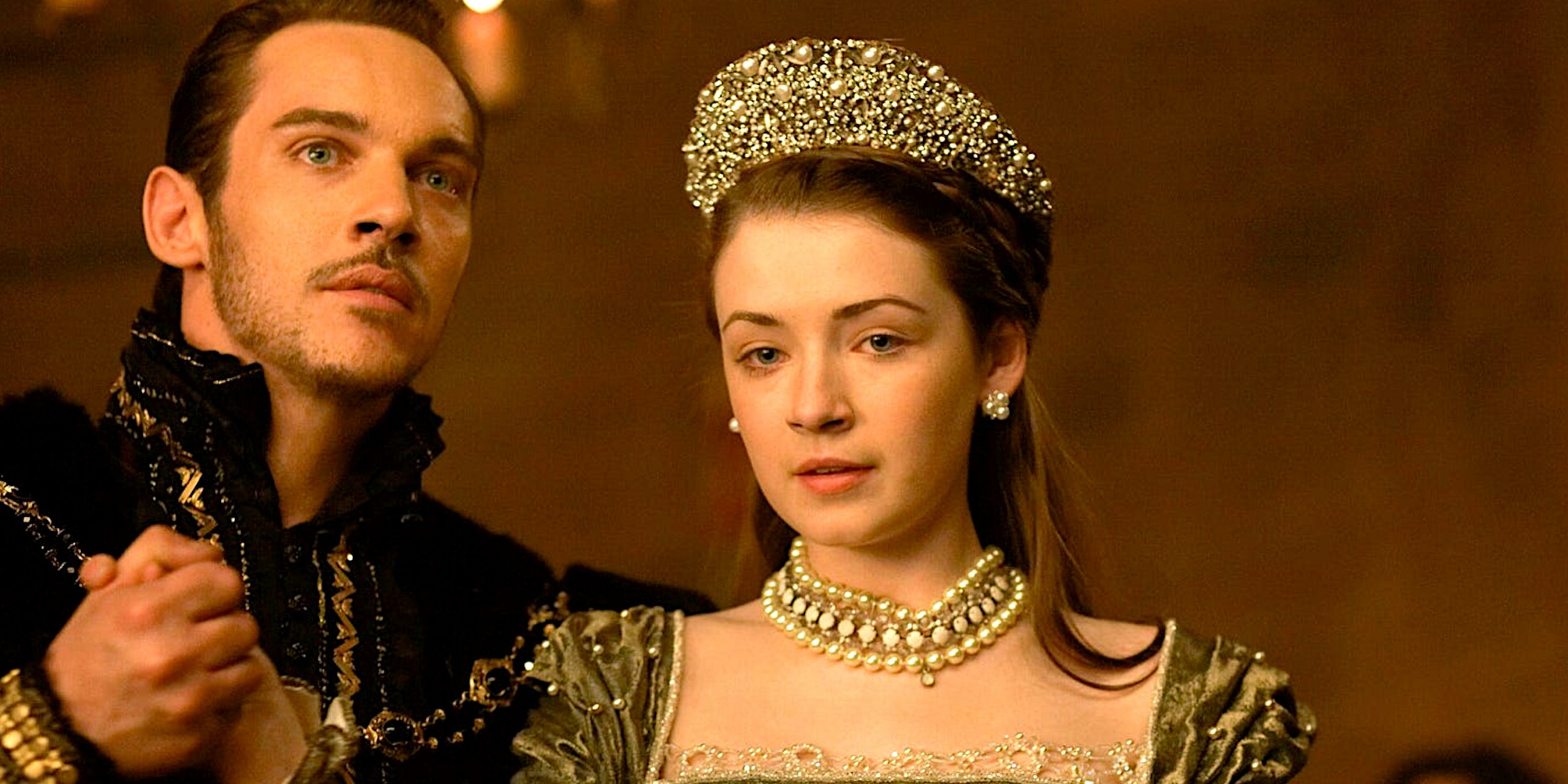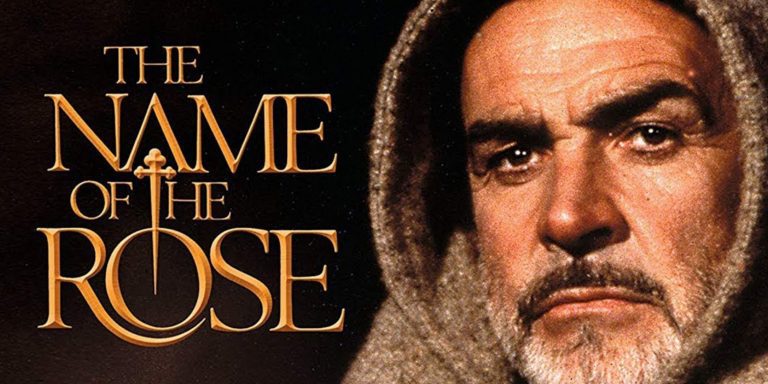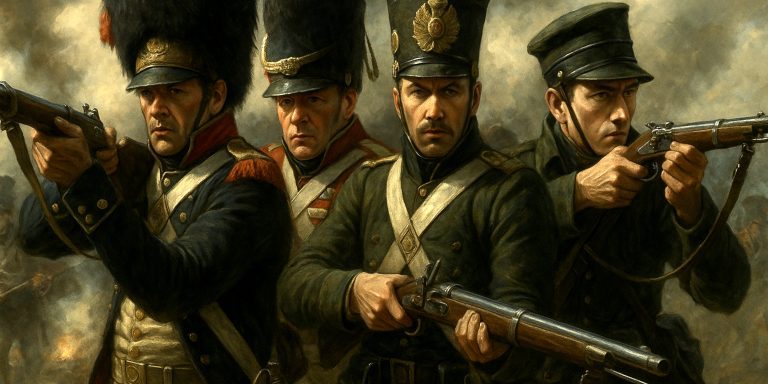
The Tudors never pretended to be a documentary. It strutted around with velvet sleeves, tense stares and a version of Henry VIII who looked like he had never said no to a mirror in his life. Yet beneath the glamour sits a surprising number of scenes that line up with the real Tudor court. Watching it today feels a bit like spotting genuine antique furniture in a flat that otherwise screams mid range rental. You do not expect it, but you enjoy it when you see it.
Below are the moments where the writers actually stuck the landing.
Henry VIII’s Early Personality
Historians agree that young Henry was energetic, charming and very keen on showing off. The show captures this side well. Jonathan Rhys Meyers plays him like a man who believes the world is a stage built specifically for him. The real Henry was athletic, musical and convinced of his own brilliance. The series does not overplay it. If anything, it reminds you that charisma can be a powerful political weapon.
Cardinal Wolsey’s Rise and Fall
Wolsey’s arc is one of the show’s most faithful threads. His immense influence, followed by his spectacular drop, mirrors the primary sources closely. The quiet bitterness in his final scenes reflects letters that describe him as a man who realised too late how fragile royal favour could be. The Tudors gets the mood right. A great lord can rule the court one year and struggle to stay afloat the next. It feels painfully Tudor.
Anne Boleyn’s Intellect and Influence
The show leans into Anne’s sharp mind and political awareness, and that is solid history. Contemporary ambassadors described her as clever, stylish and very aware of the power she held. The Tudors reflects this by giving her more agency than earlier film portrayals. She negotiates, argues, and understands exactly what is at stake. The chemistry between her and Henry is dramatic, but her political manoeuvring is rooted in truth.
The Break with Rome
When the show digs into the legal wrangling behind Henry’s divorce, it gets surprisingly accurate. The endless committees, appeals to Rome and bureaucratic slog all mirror the real process. No one swung a sword and sorted it out in five minutes. It was years of paperwork and politicking. The series also captures the slow public shift as England moved toward a new religious identity. It is not glamorous, but it is real.
Jane Seymour’s Short Reign and Quiet Influence
Jane Seymour’s portrayal as gentle and politically cautious is consistent with surviving accounts. She supported reconciliation between Henry and his daughter Mary, and the show includes that. Her quieter style of power feels authentic. Not every Tudor consort battled for influence in open view. Some preferred softer routes.
Cromwell’s Bureaucratic Genius
The Tudors often paints Thomas Cromwell as the quiet man who always has a plan in his pocket. That is not far from the truth. Cromwell was one of the sharpest administrative minds of the age. His ability to manage information, alliances and legal strategies was unmatched. The show’s sharper political manoeuvres feel believable because Cromwell really did help build a new English state.
Henry’s Decline
The later seasons show Henry gaining weight, becoming more irritable and sinking into paranoia. While the actor’s appearance is toned down compared to the real king, the emotional changes track closely with the sources. By the 1540s Henry was unpredictable, in pain, and convinced that betrayal lurked everywhere. The Tudors lets that darker mood settle over the court, and it feels grounded in fact.
Catherine Howard’s Fall
The handling of Catherine Howard’s scandal, interrogation and execution is dramatic but anchored in documented events. Her youth, naivety and vulnerability come across well. Contemporary letters reveal a court shocked by the speed of her downfall. The show reflects that sense of sudden collapse. It is messy, tragic and oddly quiet, much like the records describe.
The Seven Swords Takeaway
The Tudors definitely tweaks history for style, but it gets the emotional truth of the period surprisingly often. Watching it now, you can see the bones of real Tudor politics beneath all the silk and smouldering. For anyone who enjoys history with a side of chaos, it still holds up.
If you want an article on the least accurate moments, the most underrated characters, or a full watch guide with historical commentary, I can put that together.
Watch the trailer:



